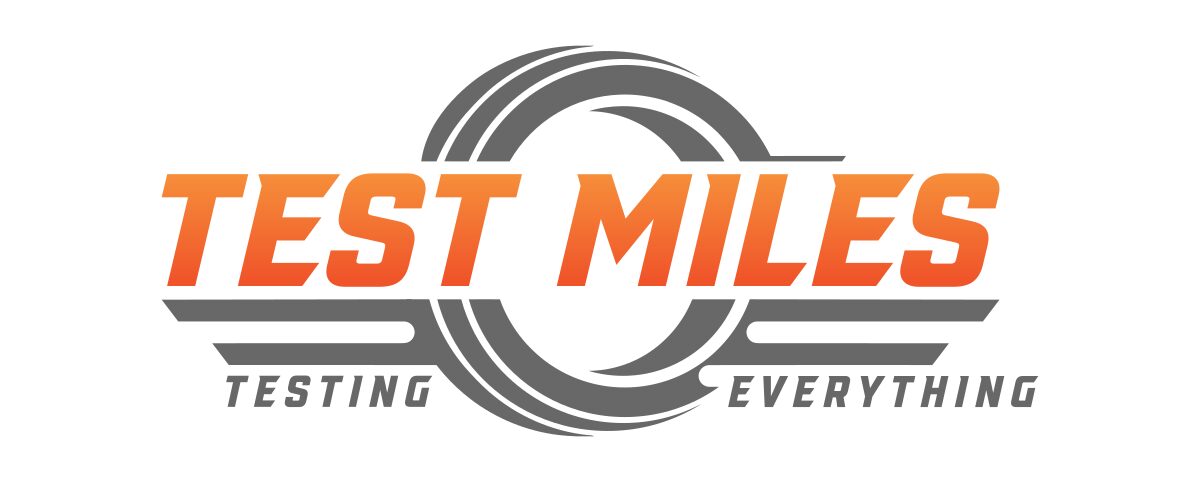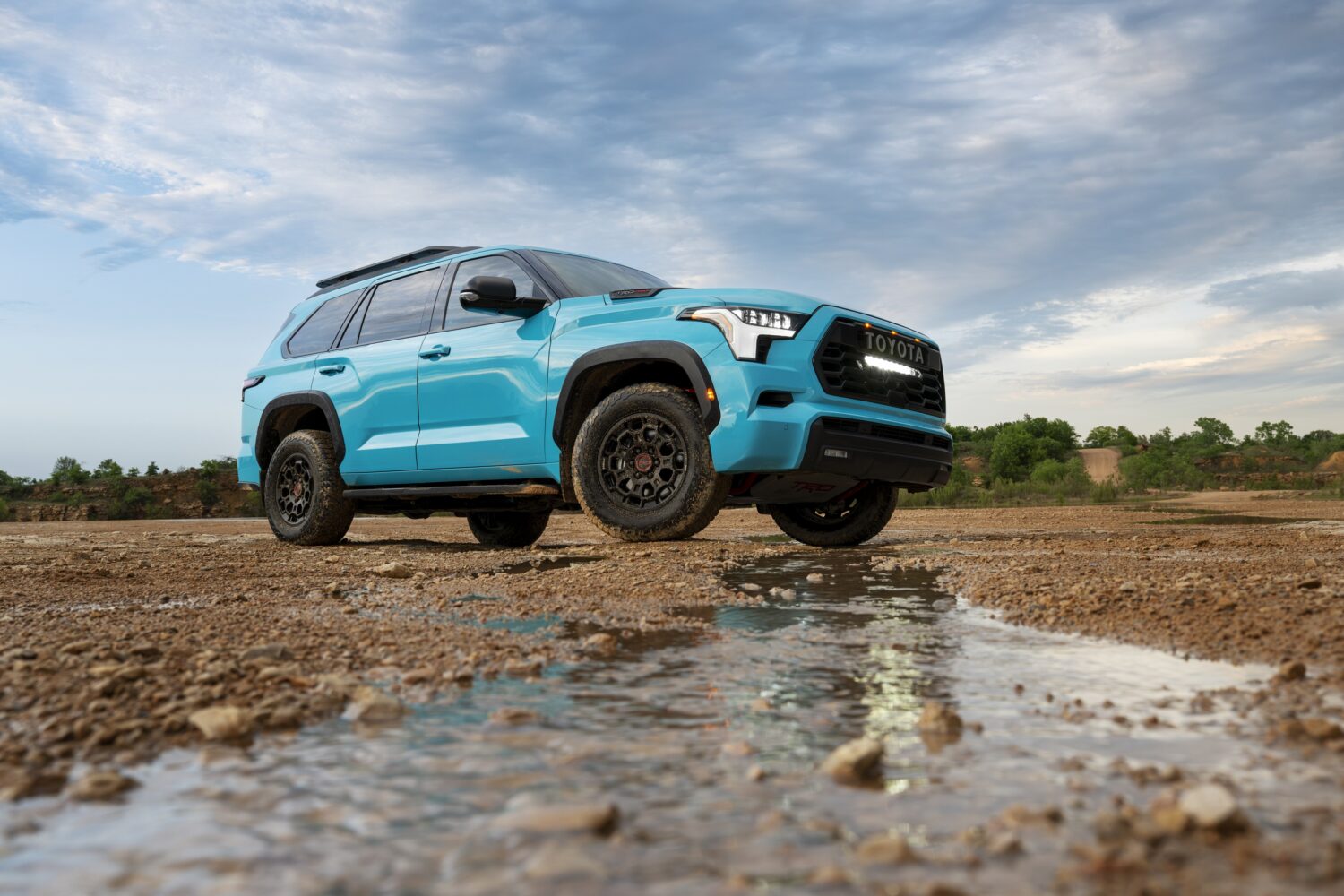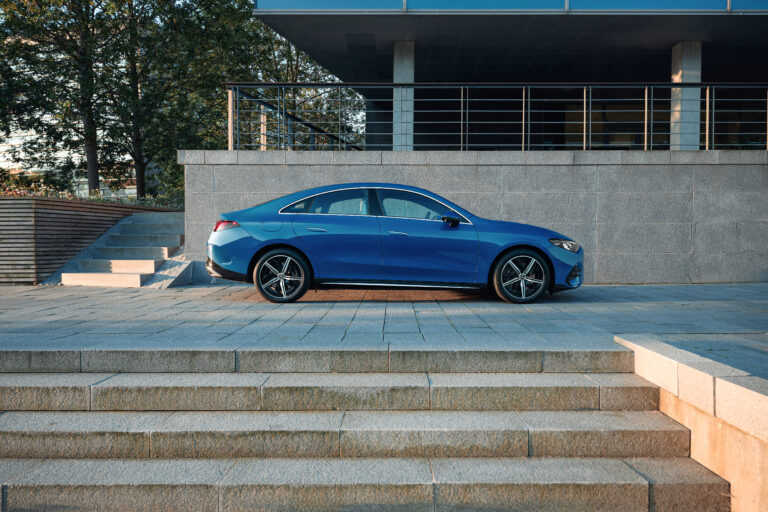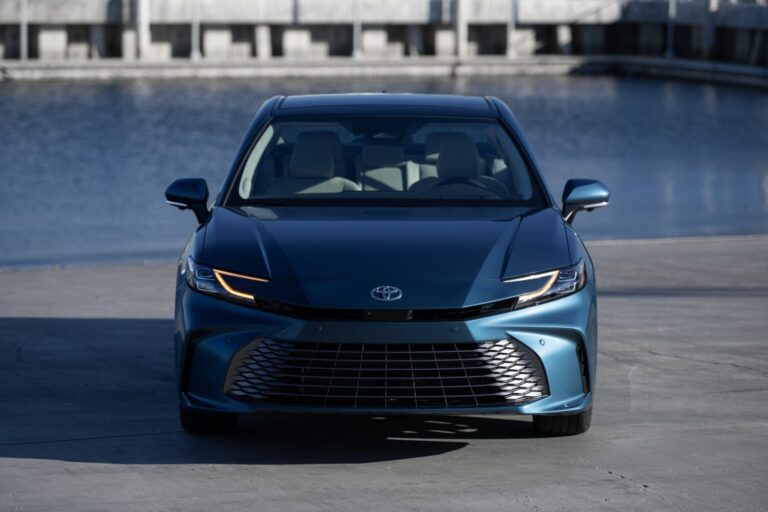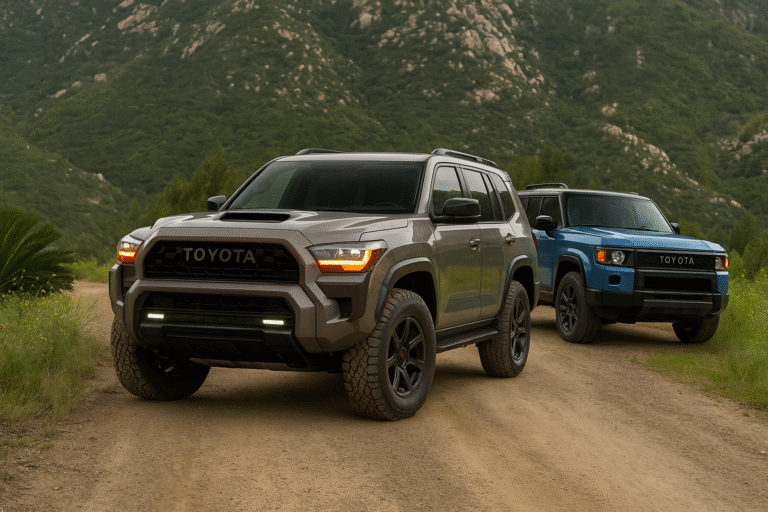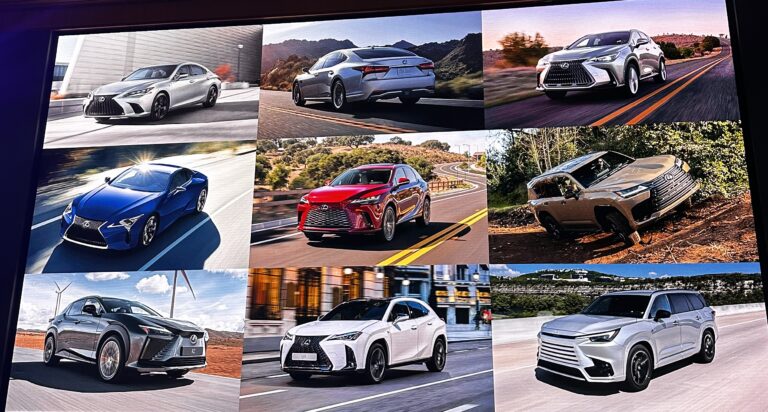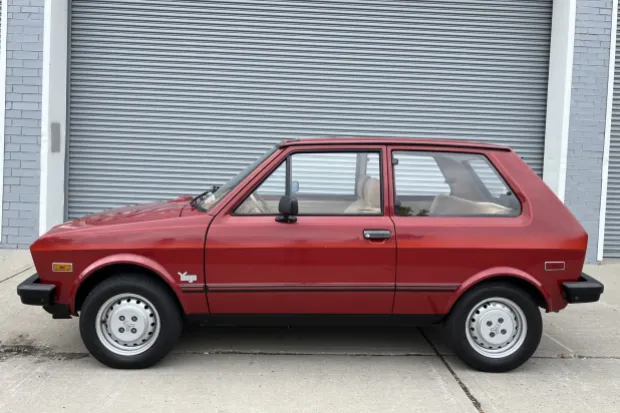2025 Auto Tariffs Could Jack Up Prices—and Toyota’s Already Playing the Long Game
Subhead:
As Washington floats a 25% tariff on imported cars and parts, Toyota quietly reminds America that it’s been here all along—with factories, electrified models, and a decades-deep playbook for surviving political whiplash.
By Nik Miles
Test Miles
Let’s start with the obvious: if you thought the price of a new car in 2024 was shocking—nearly $50,000 on average—you might want to sit down. The proposed 25% tariff on imported vehicles and parts could turn that sticker into something worthy of a fainting couch. And in a market where nearly half of all new vehicles are imported, the potential impact isn’t just hypothetical—it’s mathematically catastrophic.
Why does this matter now?
Because unlike avocado toast or TikTok trends, cars are still built with thousands of parts sourced from everywhere. Imposing a sudden tax on the global supply chain is the policy equivalent of yanking the tablecloth out from under dinner—except the plates are bolted down, and the table’s on fire.
Let’s not forget the bigger picture: the U.S. auto industry contributed over $1.2 trillion to the economy in 2023—about 5% of GDP. If it were its own country, it would outrank most of Europe. And it employs over 10 million people, thanks to the multiplier effect of each factory job rippling outward into steel, software, logistics, and yes, sandwich shops.

So what’s Toyota doing about it?
In short: absolutely nothing rash. And that’s the point.
Toyota’s been playing the long game in North America since Elvis was still skinny. With 14 plants across the continent—11 in the U.S. alone—the company isn’t scrambling to localize production like some of its peers. In fact, 80% of the Toyotas sold in the U.S. are already built here. That’s not an accident; it’s a business model.
“We don’t respond to policy panic,” is the subtext of every Toyota press release. Instead, they’re betting on consistency, continuity, and community—buzzwords, yes, but in this case, backed by billions.
What’s at stake if the tariffs land?
A cascade of consequences: higher vehicle prices, fewer sales, reduced access to affordable repairs (since parts are also subject to the tariffs), and a cooling effect on an industry that’s just finding its post-pandemic footing. Tariffs won’t just hurt the brands that build overseas—they’ll ding everyone from Kansas welders to Kentucky Corolla owners.
And while Washington debates, Toyota’s investing. Since 2020 alone, the company has funneled $21 billion into its U.S. operations—most of it aimed at electrification. Their shiny new $13.9 billion battery plant in North Carolina is more than just a factory—it’s a statement.
How does electrification play into this?
Toyota’s not trying to sell you a one-size-fits-all electric future. Their multi-pathway strategy includes everything from high-efficiency gasoline engines to hybrids, plug-ins, EVs, and even hydrogen fuel cells. Roughly half of Toyota and Lexus’s 2024 U.S. sales will be electrified. That’s not a trend; that’s a transformation.
With 24 new, refreshed, or special-edition models slated for release this year—most of them electrified—Toyota is clearly building for a future where flexibility trumps purity. And judging by Lexus’s record-setting April sales, customers aren’t exactly resisting.

Who’s this strategy really for?
It’s for the sensible buyer who doesn’t want to be forced into an EV they’re not ready for. For the suburban commuter who wants efficiency without a 240-volt charger in their garage. And for the fleet buyer trying to balance cost, range, and reality.
It’s also a reminder that Toyota sees the U.S. not as a market to be milked but as a home base to be cultivated. Their 1,500 dealers have personally invested $17 billion in showrooms, service bays, and personnel. Add Toyota’s own contributions, and the number balloons to $67 billion—supporting nearly 200,000 jobs.
What’s the long-term significance here?
Whether or not the tariffs happen, the lesson is clear: resilience in the auto industry isn’t about playing catch-up—it’s about playing chess. Toyota isn’t reacting to headlines. It’s shaping the board.
Even if tariffs become reality, Toyota’s U.S.-built lineup and vertically integrated supply chain give it a strategic edge. And if the political winds shift again? Well, they’ve weathered worse.
Final gear shift
Tariffs may come and go, but Toyota’s commitment to the U.S. is baked in. It’s in the plants they’ve built, the powertrains they’re perfecting, and the communities they’ve woven into. And if you’re wondering which brands will ride out this next round of economic turbulence without flinching, look at who’s already planted their flag.
Like what you’ve read? Stay in the driver’s seat with more insider automotive insights. Follow @NikJMiles and @TestMiles for stories that go beyond the press release.
